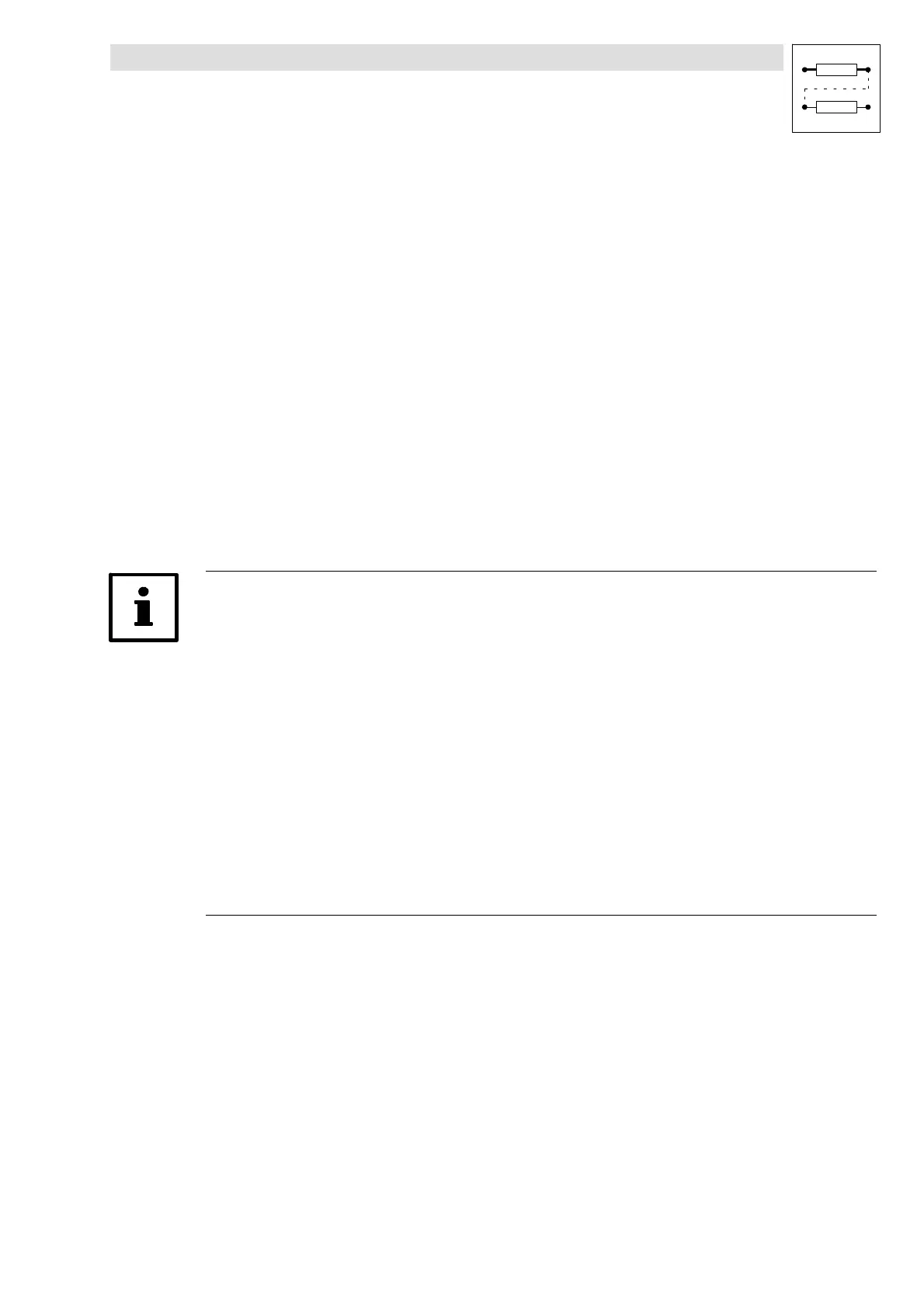What to do if Lenze DC Drives motor does not rotate because wrong parameter set is active?
- BbtrujilloSep 8, 2025
If the Lenze DC Drives motor does not rotate and the wrong parameter set is active, change to the correct parameter set via terminal.

 Loading...
Loading...
What to do if Lenze DC Drives motor does not rotate because wrong parameter set is active?
If the Lenze DC Drives motor does not rotate and the wrong parameter set is active, change to the correct parameter set via terminal.
What to do if Lenze DC Drives motor does not rotate because no motor parameter identification executed?
If the Lenze DC Drives motor does not rotate and the operating mode C0014 = '4' or '5', but no motor parameter identification has been executed, perform motor parameter identification (C0148).
What to do if Lenze DC Drives motor does not rotate because of conflicting functions assigned to the same signal source?
If the Lenze DC Drives motor does not rotate and several mutually exclusive functions are assigned to the same signal source under C0410, correct the configuration in C0410.
What to do if Lenze DC Drives motor does not rotate because of missing jumper?
If the Lenze DC Drives motor does not rotate and you are using the internal voltage source X3/20 for function modules Standard I/O, INTERBUS, PROFIBUS-DP, or LECOM-B (RS485), ensure that the jumper between X3/7 and X3/39 is present. If it's missing, jumper the terminals.
What to do if Lenze DC Drives motor does not rotate smoothly because motor underexcited or overexcited?
If the Lenze DC Drives motor does not rotate smoothly, and the motor is either underexcited or overexcited, check the parameter settings (C0015, C0016, C0014).
Provides essential safety guidelines for installing and operating Lenze controllers.
Details safety precautions and application guidelines specific to Lenze motors.
Lists residual hazards associated with the product and how to avoid them.
Covers important notes and mechanical design aspects for installing the inverter.
Details important notes for electrical installation, including protection, EMC, and power/control connections.
Outlines necessary checks and important drive parameters to set before enabling the controller.
Details a special commissioning procedure after long-time storage due to DC-bus capacitors.
Describes the step-by-step process for changing and saving parameters using the keypad.
Helps select the appropriate control mode (V/f, vector, sensorless torque) for standard applications.
Describes how to set parameters using the E82ZBB diagnosis terminal keyboard.
Covers methods for optimizing drive performance, including slip compensation and frequency settings.
Describes controller behavior during mains switching, failure, or inhibit conditions.
Explains how to set acceleration, deceleration, braking, and stopping parameters, including S-shaped ramps.
Explains the process of automatic detection or manual entry of motor parameters.
Provides methods for detecting and analyzing failures using controller LEDs and history buffer.
Describes controller responses to different fault types: TRIP, message, and warning.
Lists common drive malfunctions, their causes, and recommended remedies.
Explains how to reset TRIP error messages manually or automatically after eliminating the cause.